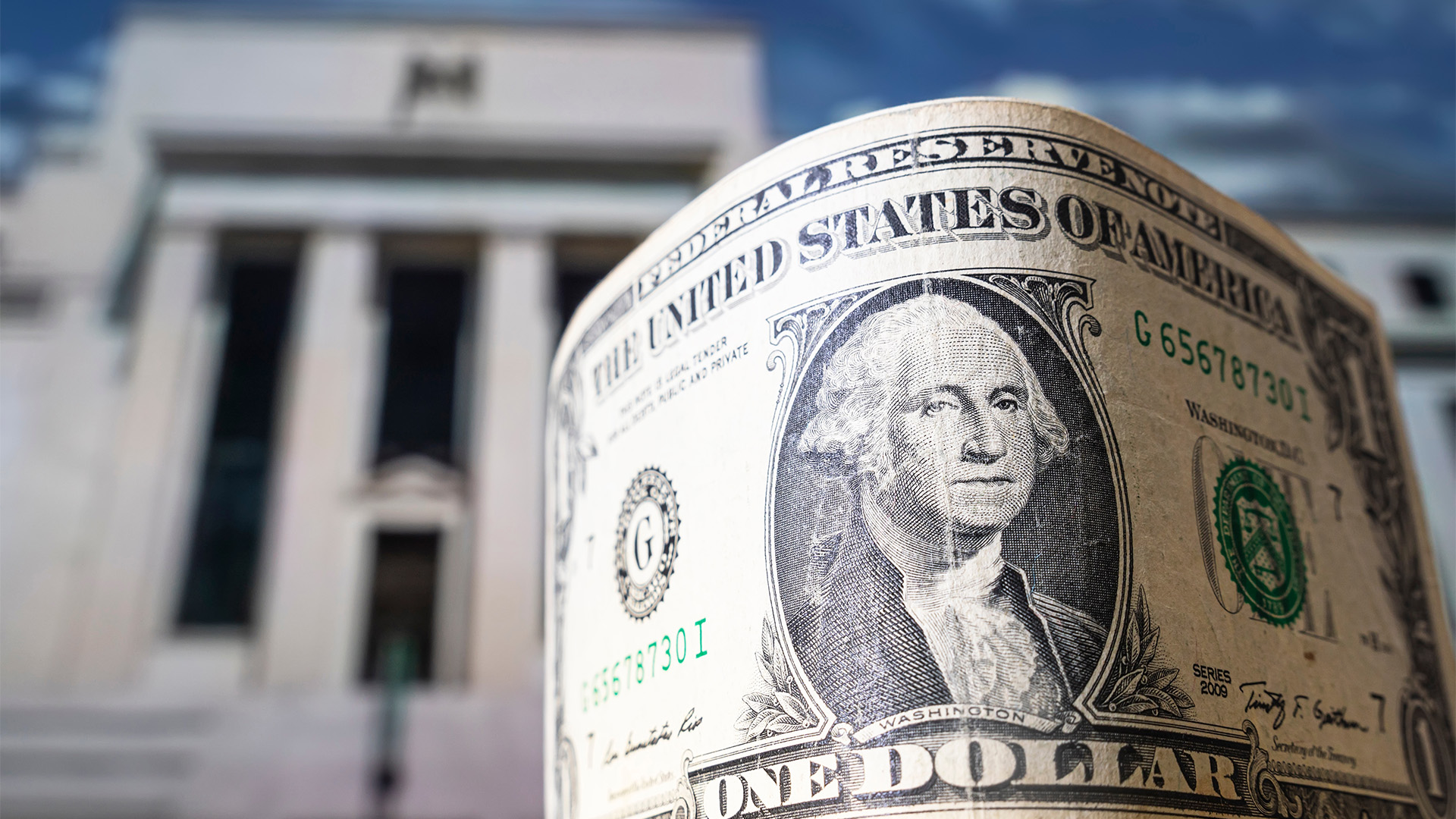For the third time in a row the US Federal Reserve raised its key interest rate by 0.75 percentage points and made it clear it was not looking to slow or alter its aggressive monetary policy tightening.
The Fed’s Open Market Committee lifted the federal funds rate to a new target range of 3% to 3.25% following its two-day policy meeting.
The Fed signalled its intention to continue on its current tightening path until the federal funds rate hits a “terminal rate,” or end point, of 4.6% in 2023. That implies a no reductions which now won’t appear until 2024.
The so-called dot plot which shows the projected target range for interest rates by the end of the year from all 19 Fed members went from 3.4% in June to an estimated 4.4% by the end of this year.
That suggests the next two meetings will see at least one more 75-point hike and a 50-point increase, or 1.25%, 25 points more than market forecasts.
Of course, if inflation doesn’t show a clear softening in the next couple of months, the rate rises could be slightly larger – two more 75 point rises may well be on the cards.
But the Fed also cut its outlook for economic growth to an annual median forecast of just a 0.2% rise in US GDP this year, down sharply from the 1.7% estimate in the June forecasts from the central bank.
The Fed also modestly boosted its forecasts for the unemployment rate this year, to 3.8% from 3.7% in June, and for inflation. Fed members indicated that personal consumption expenditures, their preferred measure of inflation, will rise 5.4% in 2022 from 5.2% increase for PCE in July.
That more than anything tells us there will be no retreat on the pace and size of rate rises for a while
Wednesday saw US Treasury yields jump after the rate decision was announced with the 2-year rate hitting its highest level since 2007, popping up to 4.1%. The 10-year rate jumped to about 3.6% at the highs of the day
For shares it was a repeat of previous post-Fed decision reactions: they slid with the Dow losing 522.45 points, or 1.7%, to close at 30,183.78. The S&P 500 shed 1.71% to 3,789.93, and the Nasdaq slumped 1.79% to 11,220.19.
The Dow swung through an 800-point range on Wednesday – at its highs, the index was up more than 314 points. That’s a typical Fed decision day trading range for you – unrealistic optimism to abject realism all within six or so hours.
Other markets didn’t like the news – markets never do – the falls are a form of financial theatre.













